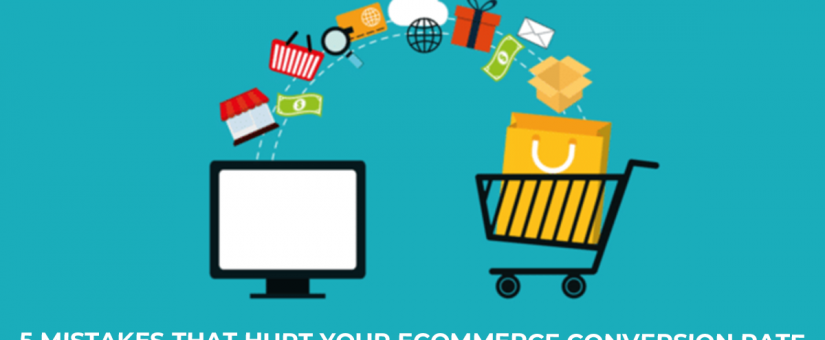Introduction:
Launching an ecommerce business requires a lot of effort. Once you decide what to sell, you have to source the products, set up your store, and bring in potential customers through paid advertisements. However, having loads of customers visit your store does not mean they will make purchases. Instead, you have to encourage them to buy products from your business, which is what customer conversion is.
Ecommerce conversion rate depends on factors like the interest level of the visitors, simplicity of the process, and the interest of the offer. You can use a simple formula to calculate the ecommerce conversion rate for any given period:
Conversion rate = (Number of sales/ Total unique visitors) x 100%
This article highlights the ecommerce conversion rate optimization mistakes that could cost you valuable customers. Being aware of these mistakes will help you seamlessly navigate your conversion efforts and bring in organic visitors that convert into paying customers.
1. Not enough testing on the website’s experience:
A website needs to be useful, usable, desirable, findable, accessible, credible, and valuable to provide an excellent user experience. These facets are subject to the characteristics of the target audience. Hence, the website’s experience must be tested using real-world test groups before a fullscale launch.
One of the rookie mistakes businesses make is not conducting enough test runs before launching their operations or changes. As a result, they have to go through a detailed process of trial and error, wasting valuable resources.
You can avoid such wastage by pilot testing your website among a modest subset of your target audience. Actively taking feedback and making necessary changes in this phase could save you a lot of work along the line regarding customer conversion.
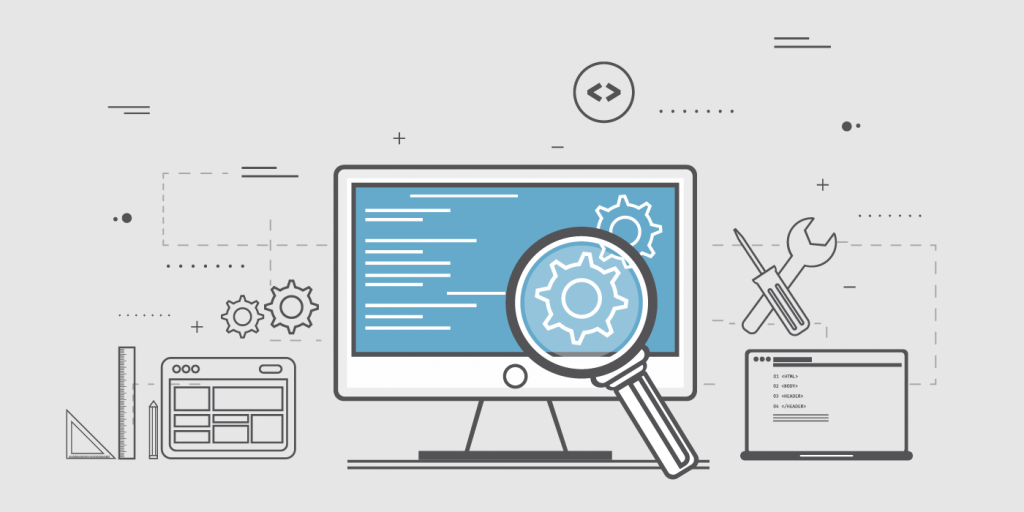

2. Your website takes ages to load:
It is important to remember that online visitors are impatient and are usually looking for instant gratification. Therefore, keeping them waiting for even a 0.1- second could cost you potential sales, as the visitors would jump to the nearest competitor who serves them faster.
According to Google, 53% of the visitors leave if the load time exceeds 3 seconds, and the rate becomes a staggering 123% when the loading time reaches around 10 seconds. On top of that, you could experience a 7% reduction in your ecommerce conversion rate with every one-second delay in loading time.
Heavy images, excessive plugins, unnecessary scripts, hoards of HTTP requests, and the quality of the host server usually causes slow loading. Hence, you need to be vigilant about these aspects from the get-go if you want your site to load faster and troubleshoot problems on-demand.
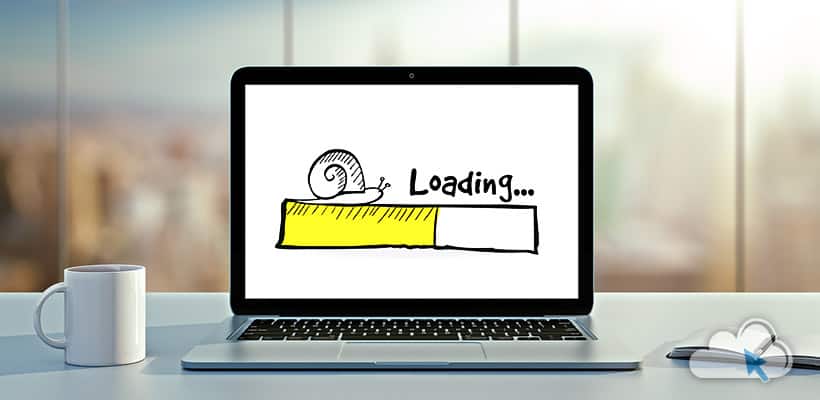

3. You lack visually appealing images:
Online visitors have an attention span of 8 seconds. So you have about 8 seconds to grab their interest and potentially convert them into paying customers. This is where visually appealing images are most effective. It is much easier to grab a visitor’s interest using an attractive image than a very detailed product description.
While you have to use high-quality images, you should always be mindful of the mobile users. High-quality images that are not optimized for smaller screens will do you more harm than good. As about 47% of users shop from their mobile devices, overlooking their needs could drastically hurt your ecommerce conversion rate.
Using stock images gives a bad rep to your brand. When you are focusing on building a brand, sticking with original photographs is very useful.
For increasing your ecommerce conversion rate, you must give your visitors options to enhance the experience. One of the ways to do that is by giving your visitors multi-angle views of the products. Producing explainer videos could also intrigue their interest, increasing the chances of locking in sales.
Using visually appealing images is all about resonating with the personas of your audience. If they can relate to the product and find the pictures helpful, they will go through with the purchase and promote it to their peers.
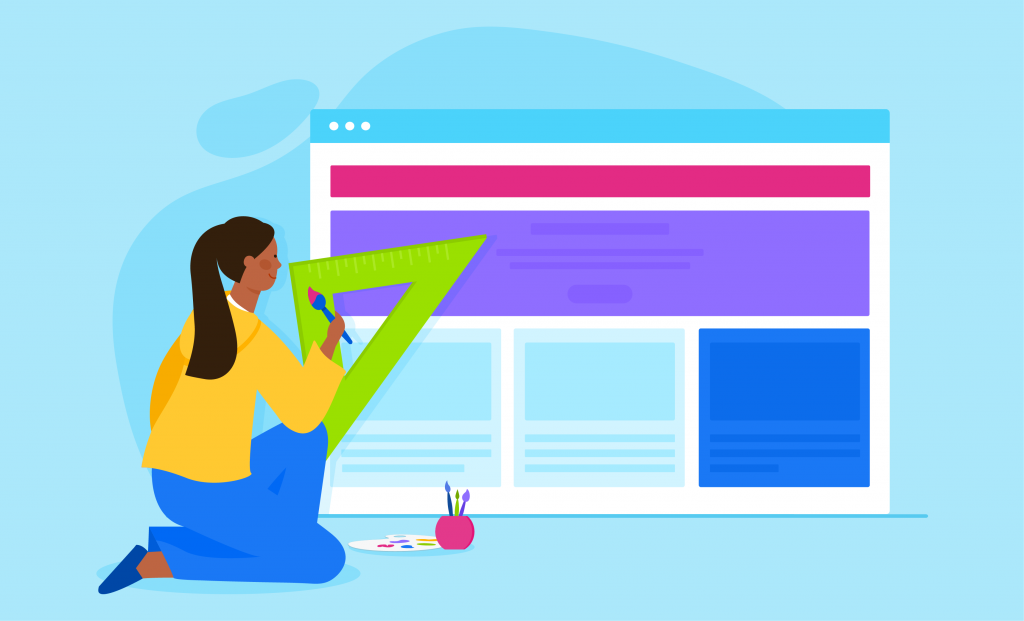

4. Lack of trust elements:
It is very common for visitors not to trust an ecommerce website on their first encounter. Businesses that don’t put much effort into instilling trust face difficulty driving up their ecommerce conversion rate.
High-quality products and excellent customer service often fall short in converting customers due to the lack of trust.
Trust elements can appear in different forms on your ecommerce website. Some of the common facets are seals of quality, testimonials, customer reviews, factual figures, and anything that reinforces your claims.
In some cases, the trust elements are present but inconveniently placed. If they don’t have adequate exposure, having them around won’t make much of a difference. For example, quality seals placed in the footer of web pages have more exposure than those that have to be accessed through individual links. The rule of thumb is to identify relevant elements in areas that add value and can potentially intrigue the visitor’s interest in making the purchase.
A common ecommerce conversion optimization mistake is Integrating trust elements in overwhelming volumes. Such an approach can be detrimental to your ecommerce conversion rate. But, on the other hand, if you get too enthusiastic about going as far as faking reviews and certifications, you run the risk of completely sabotaging your business for good. Hence, it is advised that you stick with authentic testimonials and certificates and present them moderately around the products they highlight. 

5. Your checkout page is complex:
The last and the most critical stage of ecommerce conversion is the checkout page. This is where visitors turn into customers. A complex checkout page could nullify all your efforts instantaneously.
Adding too many elements on the checkout page without a proper layout plan could discourage visitors from purchasing. Thus, the chances of them returning are also diminished.
For customer convenience, allow guest checkout that lets them bypass the whole process of creating an account. Getting their email at the very beginning of the browsing session could make the checkout process a lot simpler.
Providing a wide range of payment options could work wonders for your ecommerce conversion rate due to the sheer convenience.
Make sure that your customers are not bombarded with hidden costs. It is safe to be clear about all associated costs early on while the customer browses through your products.
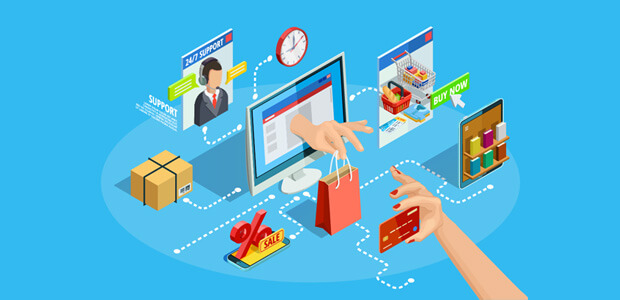

Conclusion:
Whether you like it or not, you will not be able to convert all of your visitors into paying customers. The average ecommerce conversion rate in 2021 is about 1-2%. However, you can push beyond that number if you avoid making ecommerce conversion optimization mistakes mentioned above.
Convenience is the name of the game. Making the mentioned mistakes lead to poor experiences caused by inconveniences. To maximize customer convenience, always test the changes before a full-scale implementation, shed the extra weight off your website for fast loading, use visually appealing images that sell, integrate trust elements in the right amount, and simplify your checkout page as much as possible.
Avoiding these ecommerce conversion optimization mistakes could benefit your ecommerce conversion rate significantly. However, it is highly recommended that you be vigilant about the emerging trends in your industry and take a dynamic approach to stay ahead of your competition.
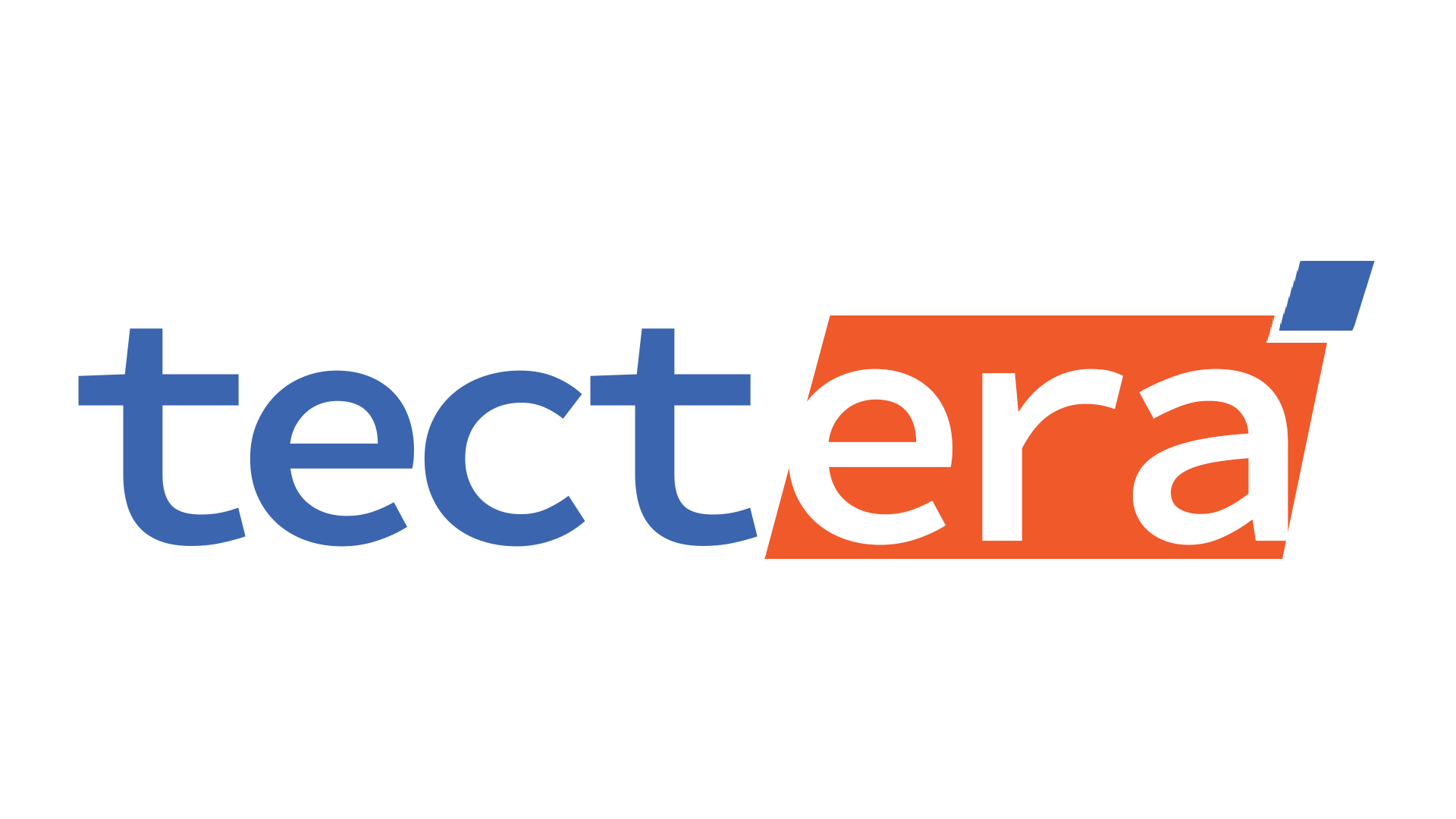

Editorial Staff at Tectera are experts on web design, SEO, social media and other digital marketing channels.




